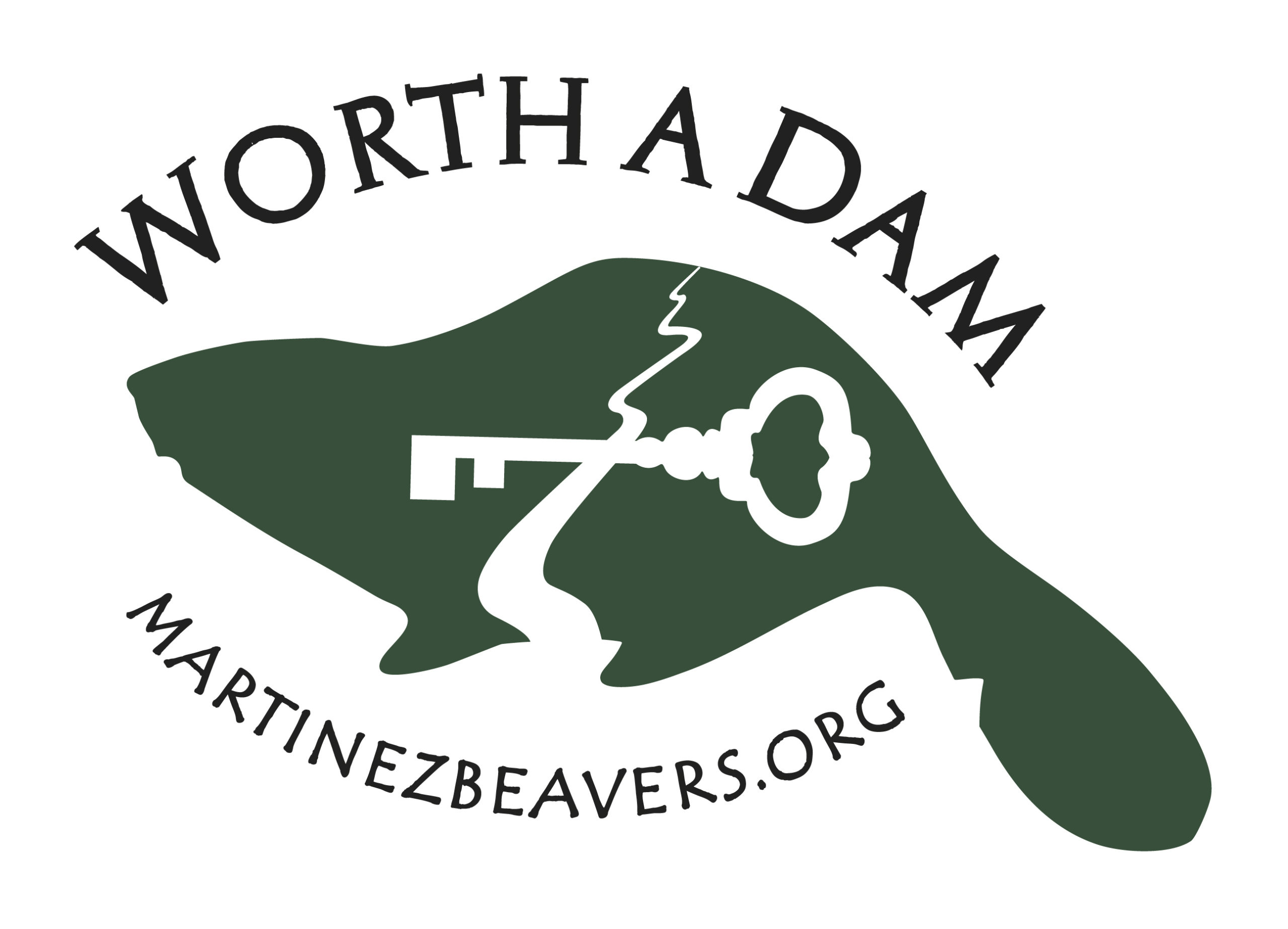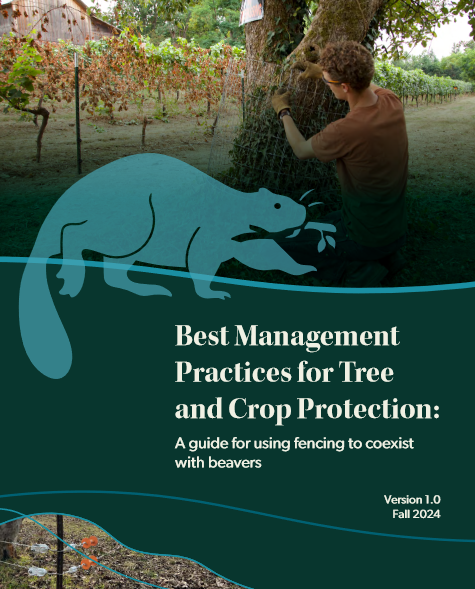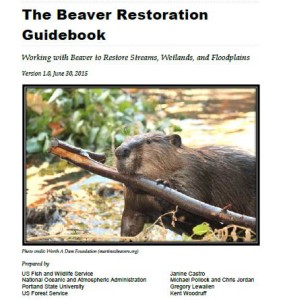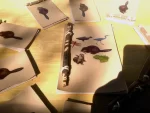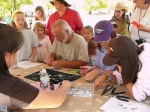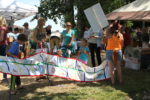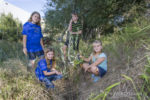The Chesapeake Bay is an estuary lying inland from the Atlantic Ocean surrounded by the states of Maryland and Virginia, the largest such body in the US. And look who’s on the back cover of their newsletter? Thanks Malcolm Kenton for sending it our way! Sure there is nothing about beavers actually IN the newsletter, or partnering with beavers for restoration to repair damaged streams,and that neat tanbark sure looks like the home of a kit in captivity, but heck, it’s a start, maybe the beginning of one of those conversations that keep you up well into the night. There was a nice story from them on living with beaver last year when they noticed they’re population was going up.
Sure there is nothing about beavers actually IN the newsletter, or partnering with beavers for restoration to repair damaged streams,and that neat tanbark sure looks like the home of a kit in captivity, but heck, it’s a start, maybe the beginning of one of those conversations that keep you up well into the night. There was a nice story from them on living with beaver last year when they noticed they’re population was going up.
Fortunately, there is an easy way to solve the conflicts without killing beavers, Griffin said. The answer is: beaver deceivers. These are cage-like devices that prevent the animals from blocking the stormwater pipes. The Humane Society has been meeting with state and local governments across the region to convince them to use this and similar technology – including underwater pipes – as affordable and non-lethal ways to foil beaver dams, Griffin said.
“A study we did showed that, over time, it is far more cost beneficial to install and maintain these devices than to kill beavers and then constantly go and clean out culverts over and over again,” said Griffin.
One of the governments the Humane Society helped to convince to use the devices is Rockville, Maryland, which is planning to install a beaver deceiver in a stormwater pond behind Richard Montgomery High School, according to Heather Gewandter, stormwater manager for Rockville. There, a family of beavers gnawed down several trees, and built a dam and a lodge in a roughly 100-foot-wide urban stormwater control pond behind the school’s bike paths and trash cans. The dam is blocking the pond’s stormwater drainage outflow, threatening an adjacent road with flooding when it rains, and reducing the effectiveness of the whole runoff pollution control system, Gewandter said.
“We’ve noticed a real increase in the beaver population in the recent past,” she said. “But we have a live and let live policy for all wildlife – and so that includes deer, coyotes, and beavers. So we want to do everything in our power to co-exist with the beaver. We also do want to honor our obligations, when it comes to water quality. So we are really hopeful that these beaver deceivers will work.”
The city is also wrapping the trunks of young trees in several parks with short bamboo curtains, to prevent the beavers from cutting them down. Trees, after all, are important not only for scenery and shade in the parks – but also to cool and filter streams.
No word in the article about how beavers are helping the streams you’re trying to save, and filtering the water you’re working to clean, but hey, I’m thrilled you’re using flow devices and wrapping trees. I’m sure you’ll catch on to the restoration story eventually.
On a lighter note Bobby posted this footage of a kit tailslap on the river Tay in Scotland and I had to share. Look at his muscles tense and twitch while he’s obviously gearing up for this heroic feat.
Much more talented than our kit, who wasn’t much younger. Not only does fail to get the required SMACK sound, he uses so much effort that he almost does a back flip in the water!
‘A’ for effort, though. That’s what I call enthusiasm.
Speaking of great effort, here’s a photo just sent from Rusty in Napa at the beaver pond he’s watching up there. This green heron got lucky, and probably will again soon. I think he’s enjoying a bullfrog tadpole, which means there are more where this came from. If he waits a while he can get some with feet!

